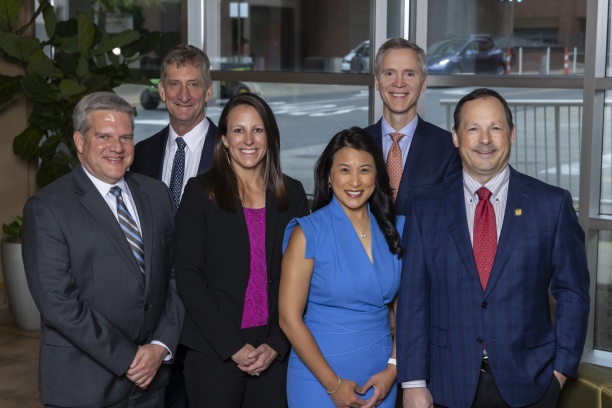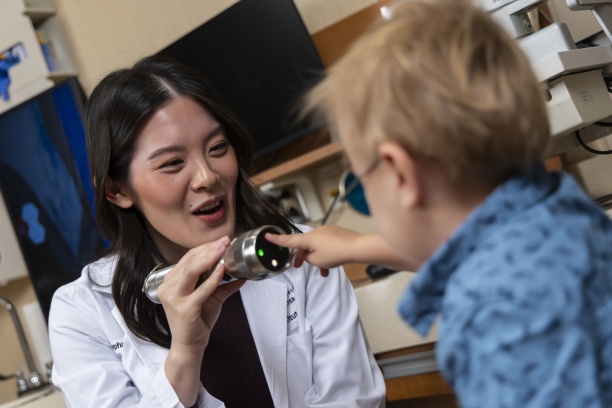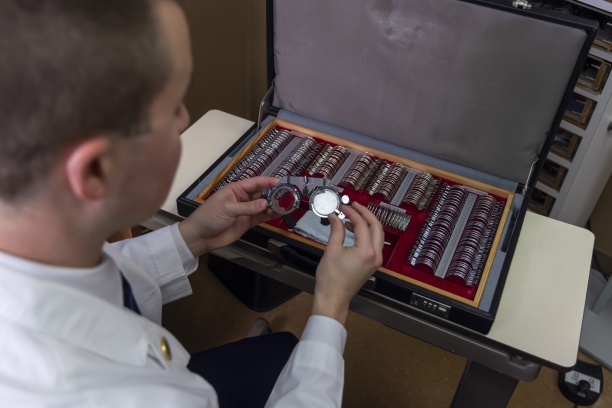Mission Statement
Our mission is to serve our patients with excellence in personalized eye care, educate and inspire the next generation of clinicians and scientists, and translate innovative research into new treatments that preserve and restore vision.
Welcome from the Chair
At the Vanderbilt Eye Institute, our mission is to serve our patients with excellence in personalized eye care, educate and inspire the next generation of clinicians and scientists, and translate innovative research into new treatments that preserve and restore vision. At the heart of this mission is our commitment to patient-centered care – giving our patients the best care, at the right time, in the right place, by the right doctors and team members. We look to harness technology and “big data” to deliver top-notch care that is personalized to an individual’s unique needs. Our internationally renowned team of vision scientists work daily to find new ways to treat eye diseases and preserve sight. Our educational programs encompass all areas of eye care and vision science and include ophthalmology residents and fellows, postdoctoral research fellows, and medical and graduate students, as well as training programs for pediatric optometrists, orthoptists, and ophthalmic technicians. We are grateful to our donors whose generosity has fueled advances in vision research, supported our training programs, and helped us to recruit and retain the best and brightest in the field through numerous endowed chairs and directorships. I am excited for what we will accomplish together in the years to come!

David K. Wallace, MD, MPH
George W. Hale Professor and Chair




